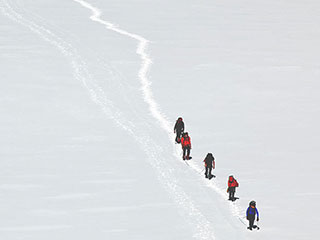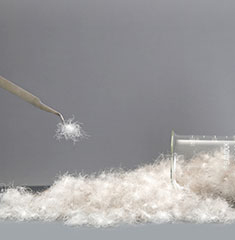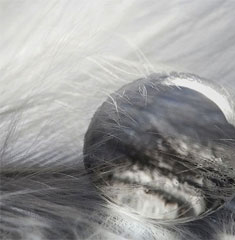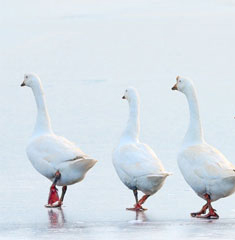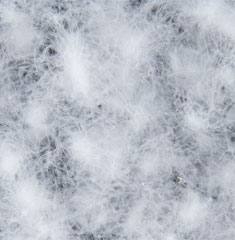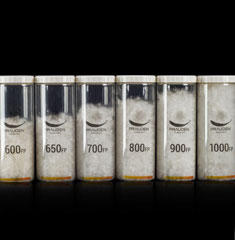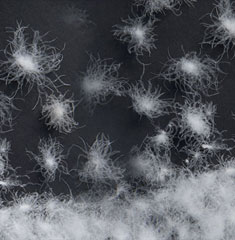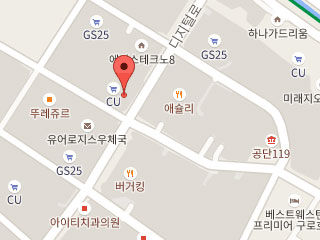
Scientific Basis for Eco-friendliness of Down
2020-05-20
As the sustainability has become a top priority of the textile industry, there is a growing interest in eco-friendly materials for clothing. Here, eco-friendly materials mean substances that pose no harm or have a less impact on the environment throughout the entire life cycle of a garment including production, use, and disposal.
Down has been known as a representative eco-friendly material for clothing. It is produced as a byproduct of the food industry, undergoes a minimum physical processing for cleaning and separation, and it is highly durable. Also, this natural material is much more eco-friendly than synthetic insulation as it is biodegradable after use.
In 2019, the International Down and Feather Bureau (IDFB) has commissioned a third-party agency to conduct a full comparative life cycle assessment (LCA) on down fill material to find the scientific basis for its eco-friendliness. This article provides an overview of the LCA report on assessment results and explores more on the environmental impact of down fill material.
What is LCA?
Life Cycle Assessment (LCA) is an active and objective analytical tool to quantify and interpret the impacts as a result of flows to and from the environment including emissions and consumptions of energy and other material resources over the entire life cycle of a product or service including materials, processing, production, transportation, distribution, use and reuse, and disposal treatment. Hence, LCA provides a comprehensive view on the environmental aspects of the product or process and explores ways to improve the environment.
About the Impact Assessment Method
To conduct the LCA, the ReCipe Endpoint (H) v.1.1 method, one of the most updated methods available to LCA practitioners, was applied to the impact categories of human health, ecosystems, and resources. Also, cumulative energy demand, climate change, and water use were added to the assessment categories. The assessment was made in accordance with ISO 14040 and 14044 as its frameworks and guidelines.
| Impact Category | Unit | Description |
|---|---|---|
| Human Health | Disability Adjusted Life Years (DALY) | Includes human health impacts from Climate Change, Human Toxicity, Photochemical Oxidant Formation, Particulate Matter Formation, Ionizing Radiation, and Ozone Depletion |
| Ecosystems | Species/Year | Includes ecosystem impacts from Climate Change, Terrestrial Acidification, Freshwater Eutrophication, Ecotoxicity, Agricultural Land Occupation, Urban Land Occupation and Natural Land Transformation |
| Resources | $/kg | Includes resource impacts from Fossil Depletion and Metal Depletion |
| Climate Change | kg CO2 eq. | Combines the effect of the periods of time that the various greenhouse gases remain in the atmosphere and their relative effectiveness in absorbing outgoing infrared radiation |
| Cumulative Energy Demand | MJ | Includes non-renewable and renewable energy sources |
| Water Use | m3 | Measures the amount of fresh water consumed |
<Impact assessment method applied to the report >
Down is 18 Times More Eco-friendly Than Polyester Fill Material
The result found that the down fill material had around 85~97% less impacts to the environment than the polyester fill material. The down fill material had 6% of the polyester impacts in human health, 15% in ecosystems, 3% in resources, 4% in cumulative energy demand and 6% in climate change (and the comparative results for water use were excluded because statistically significant conclusions could not be drawn in that category).
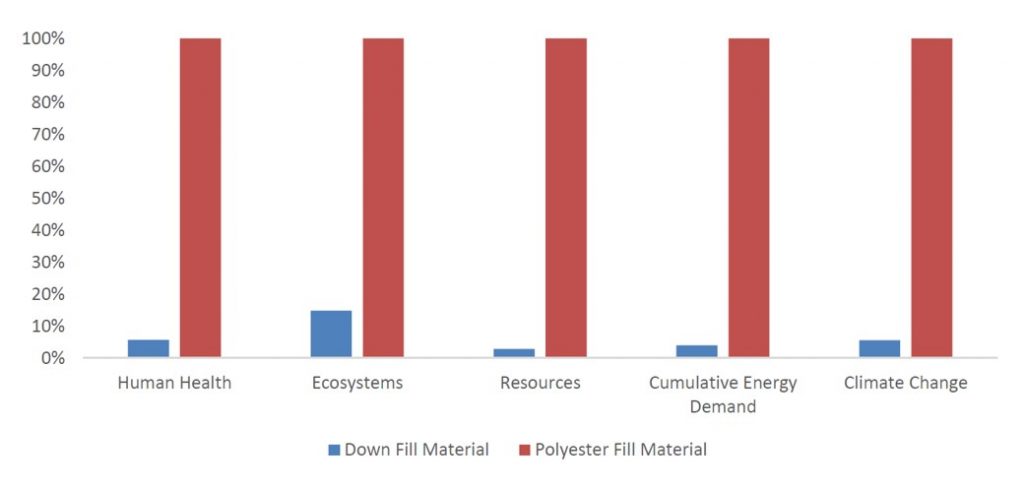
<Comparative analysis of down vs. polyester fill material, per functional unit>
*To compare the function of thermal insulation, 108 grams down fill material were used verses 230 grams polyester fill material to meet the CLO value of 4.06
The lifetime of down/polyester fill materials (5 years and 2 years, respectively) was considered as well
The polyester fill material impacts were reduced when applying recycled content in part, but it still had more impacts than the down fill material.
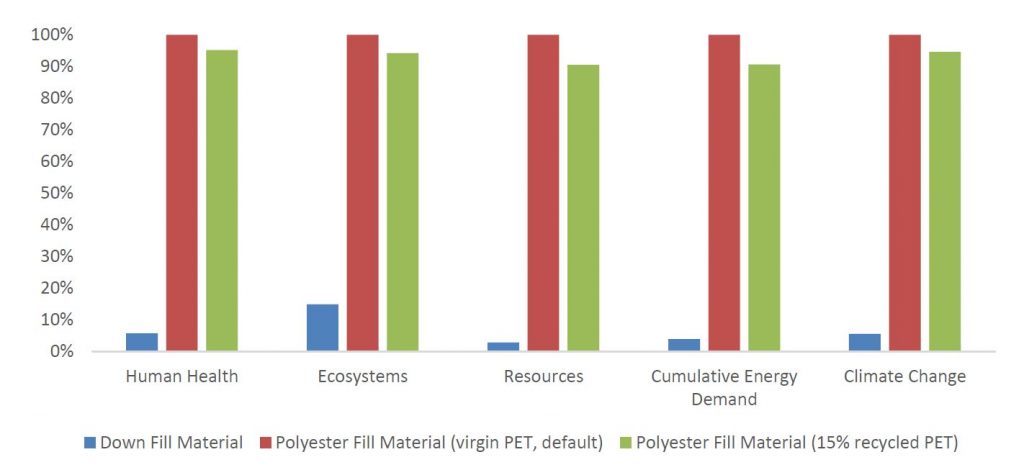
<Sensitivity analysis of recycled content in polyester fill material, per function unit>
To Ensure More Eco-friendly Production
The report explained the environmental impacts of the down fill material during manufacturing by category. Based on the result, PRAUDEN strives to explore ways to reduce such impacts in the following categories.
– Reducing energy usage
– Reducing the amount of waste produced during down fill manufacturing
– Using renewable energy sources
– Developing more eco-friendly detergents
Eco-friendly values of down that are objectively verifiable as evidenced by this study would bring positive effects to consumers who prefer sustainable products made of natural materials and fabrics.
Pan-Pacific continues to make down more eco-friendly and significantly increase the share of recycled polyester products in the product lineups of SynCloud, its brand specializing in synthetic insulation in an effort to reduce its ecological impact
You can download the summary of this report here.
By Lee Mi-ra, Insulation Sourcing Part





